Some travelers thrive on itineraries, schedules, and maximizing every moment in a destination, while others prefer to drift through places with no agenda other than seeing what catches their eye. Cities often reward the planners with their abundance of attractions, museums, and structured experiences, while smaller towns embrace the wanderers who show up without reservations and discover magic in unexpected conversations.
Wondering which type of destination suits your travel style? Here are 16 places that cater to both the hyper-organized and the beautifully spontaneous.
Tokyo, Japan
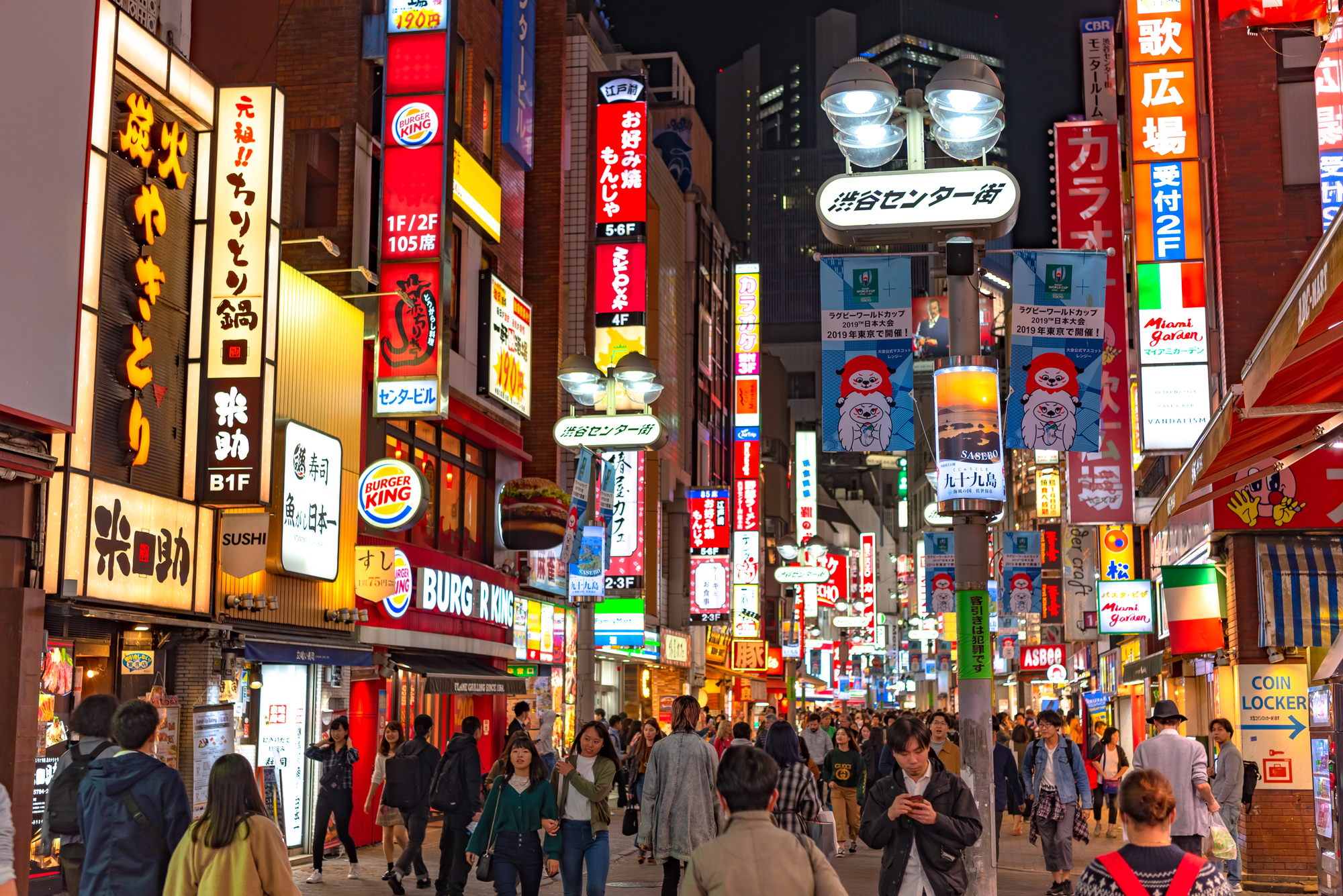
Tokyo operates like a massive, perfectly calibrated machine that rewards meticulous planning with experiences you can’t find anywhere else in the world. The city’s neighborhoods each have distinct personalities—Harajuku’s youth culture, Ginza’s upscale shopping, Shibuya’s organized chaos – and hitting them efficiently requires strategy.
Train schedules run with Swiss watch precision, making it possible to pack multiple districts into a single day if you plan your routes carefully. Reservations at top restaurants need to be made weeks or months in advance, while tickets to popular attractions sell out quickly during peak seasons.
Marfa, Texas
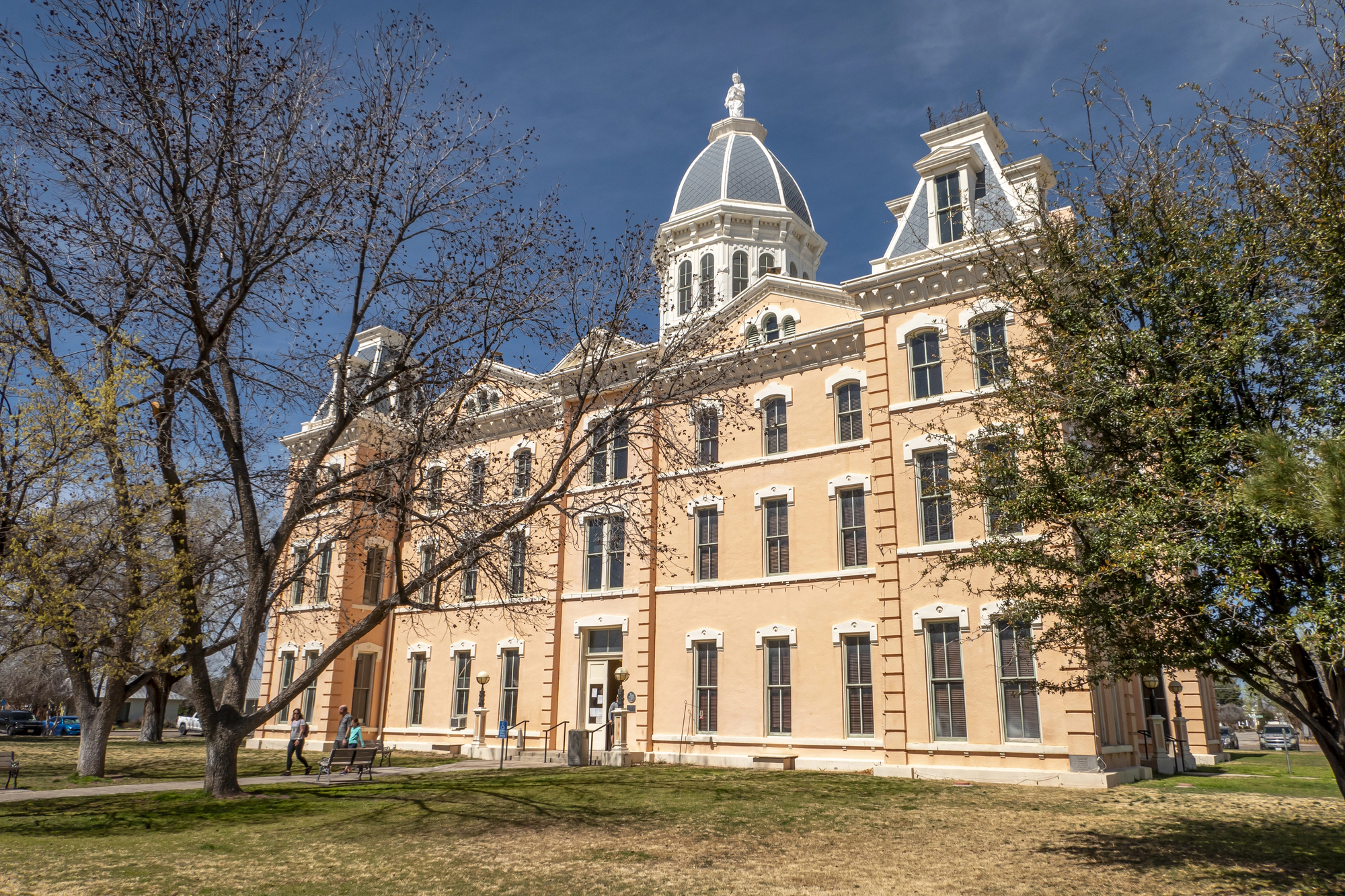
This tiny desert town of 1,800 people has somehow become an unlikely art destination that rewards those who arrive without expectations. Wandering Marfa means stumbling across art installations in unexpected places, discovering that your motel neighbor is a famous sculptor, or finding yourself in deep conversation with locals who moved here from New York City.
The town’s galleries, restaurants, and shops operate on their own schedules, and the best experiences often happen when you’re just walking around with nowhere particular to go. Prada Marfa, the famous pop art installation, sits alone in the desert 37 miles northwest of town, accessible only to those willing to take a scenic detour.
New York City, New York
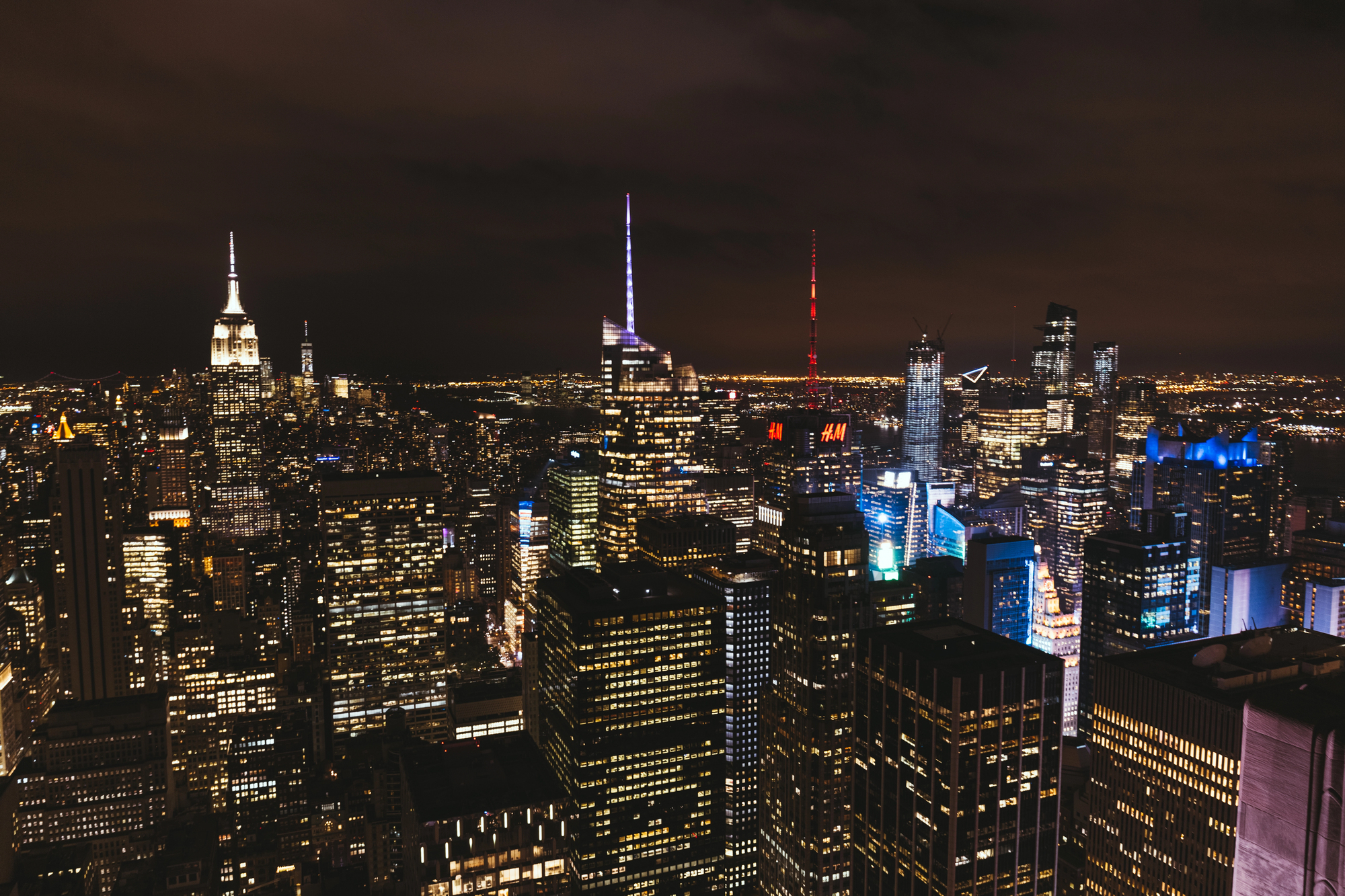
The Big Apple rewards planners with an almost overwhelming array of world-class museums, Broadway shows, restaurants, and neighborhoods to explore. Central Park alone contains enough attractions to fill several days if you’re the type who wants to see everything from Strawberry Fields to the Conservatory Garden.
The city’s grid system makes navigation logical, while the subway system, once mastered, allows you to hop efficiently between distant neighborhoods. Booking restaurant reservations, securing theater tickets, and timing museum visits to avoid crowds requires advance planning, but pays off with experiences that justify the city’s reputation.
Like Travel Pug’s content? Follow us on MSN.
Woodstock, Vermont

This quintessential New England town moves at a pace that encourages wandering rather than rushing between must-see sights. The village green, surrounded by historic buildings and local shops, naturally draws visitors into its orbit where discoveries happen organically.
Wanderers find themselves chatting with locals at the farmers market, discovering hidden trails that lead to covered bridges, or stumbling into art galleries housed in converted barns. The Billings Farm & Museum offers structured activities for those who want them, but the town’s real charm lies in its ability to slow you down and make you notice details you’d miss in a hurry.
London, England
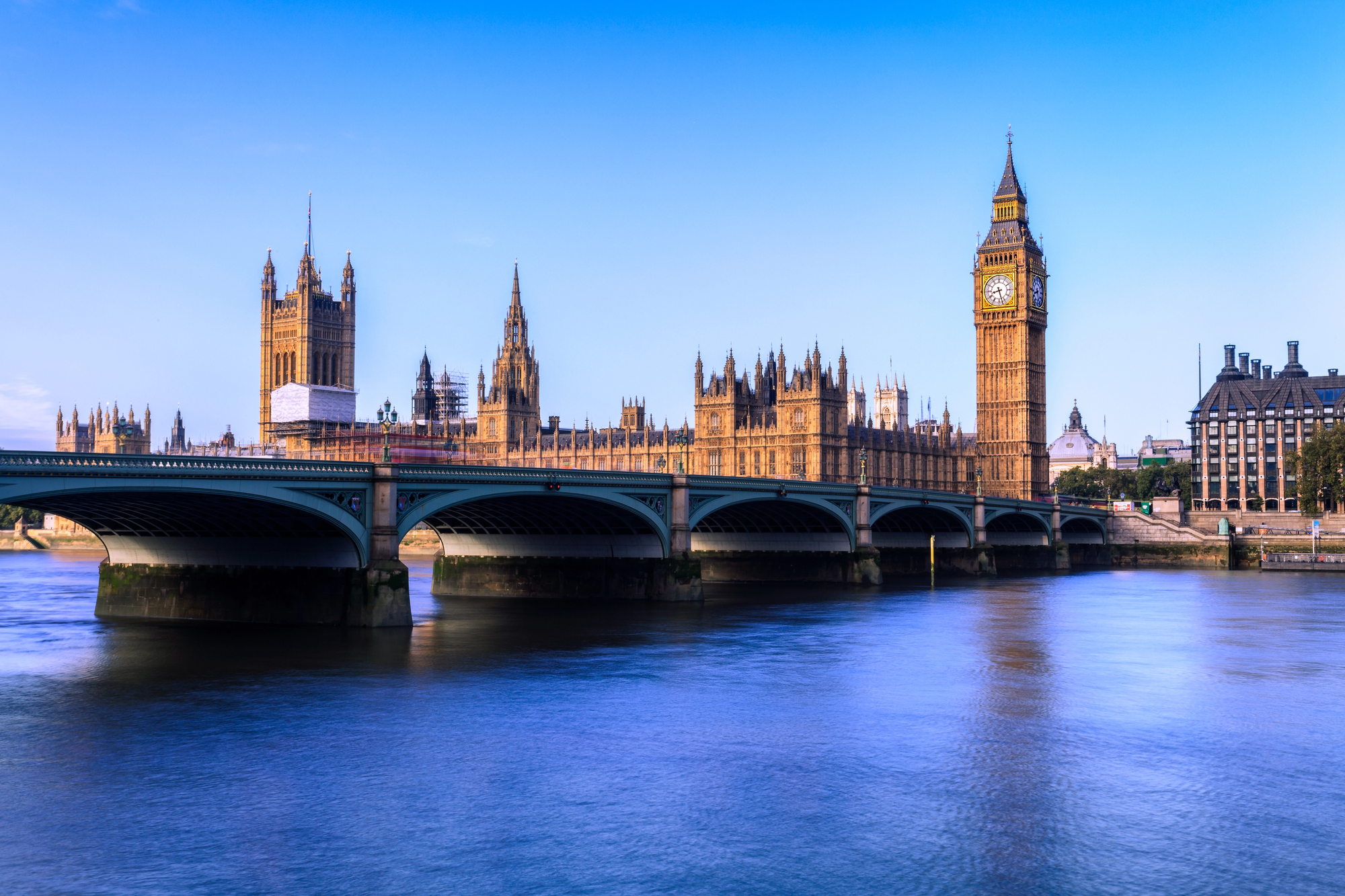
London’s 2,000 years of history have created a layered city that planners can spend weeks systematically exploring. The Tower of London, British Museum, Westminster Abbey, and countless other attractions require booking and strategic timing to experience properly.
The city’s neighborhoods each offer distinct experiences—from Camden’s markets to Notting Hill’s Victorian charm—that reward research and planning. The Underground system connects it all efficiently, while advanced restaurant bookings are essential for securing tables at some of the world’s best eateries.
Mendocino, California
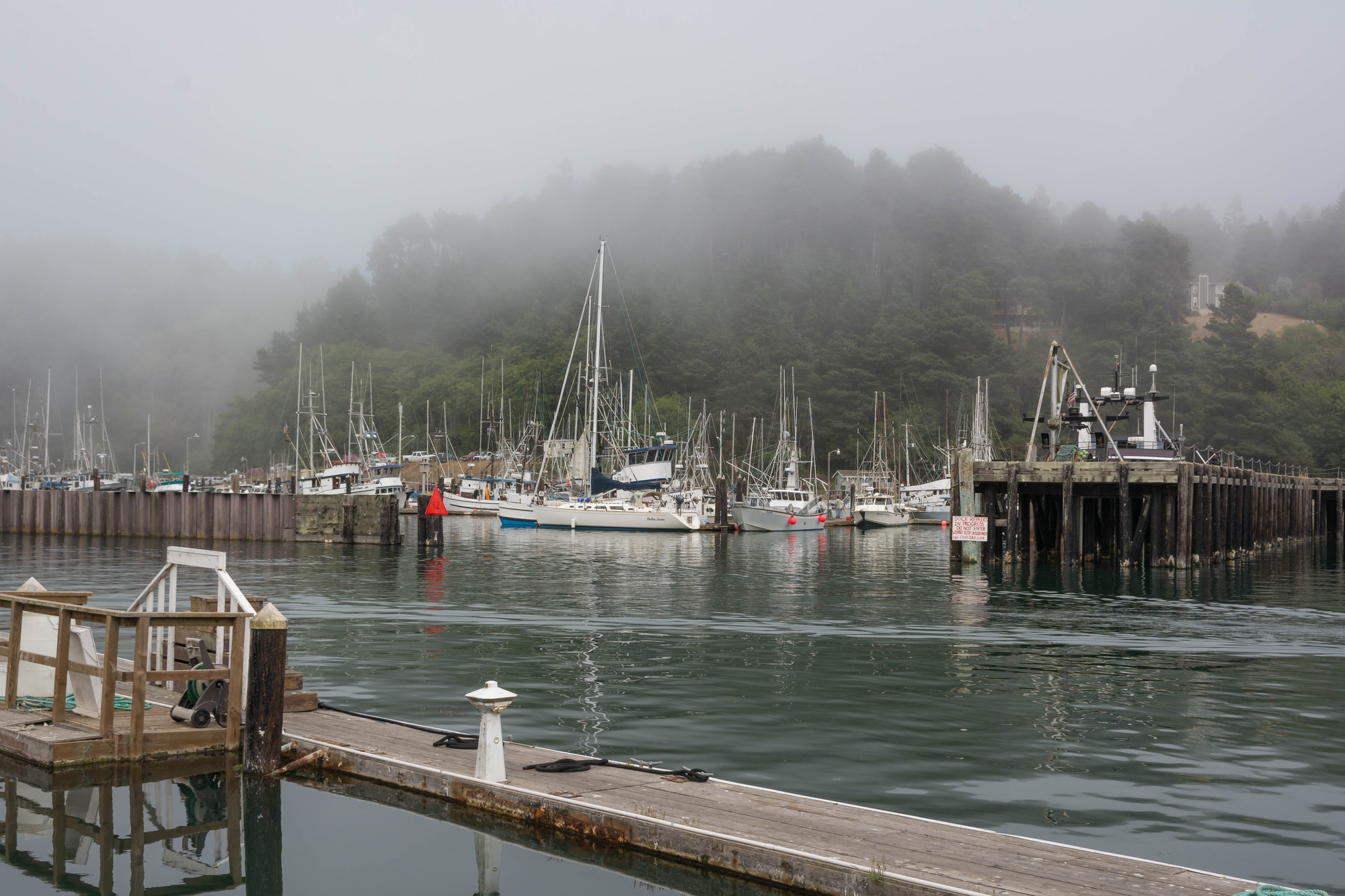
Perched on bluffs overlooking the Pacific Ocean, this Victorian village operates on California coastal time, where strict schedules feel almost rude. Wandering the town’s wooden sidewalks and exploring its art galleries, bookshops, and cafés creates a perfect afternoon with no agenda required.
The dramatic coastline begs for aimless exploration, whether you’re following cliff-top paths or descending to hidden beaches. Local restaurants emphasize farm-to-table cuisine that changes based on what’s available, encouraging visitors to embrace spontaneity over rigid dining plans.
Like Travel Pug’s content? Follow us on MSN.
Washington, D.C.
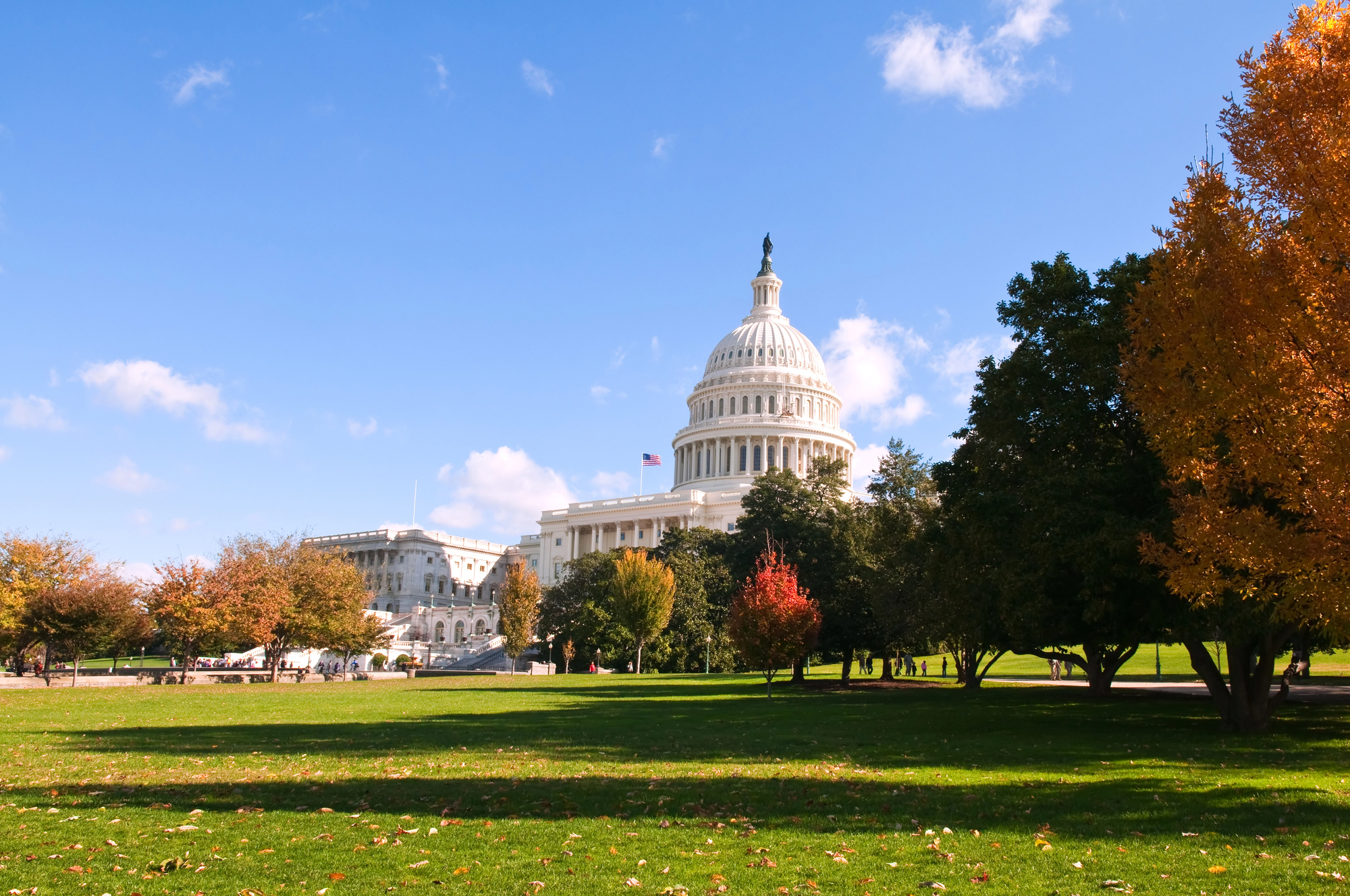
America’s capital city rewards planners with free access to some of the world’s greatest museums and monuments, though seeing them all requires serious strategic thinking. The Smithsonian Institution alone operates 19 museums along the National Mall, while tours of the Capitol, White House, and other government buildings require advance reservations.
Timed entry tickets for popular exhibitions ensure you can actually see what you came for, rather than standing in endless lines. The Metro system connects major attractions efficiently, making it possible to pack multiple neighborhoods and monuments into well-planned itineraries.
Taos, New Mexico
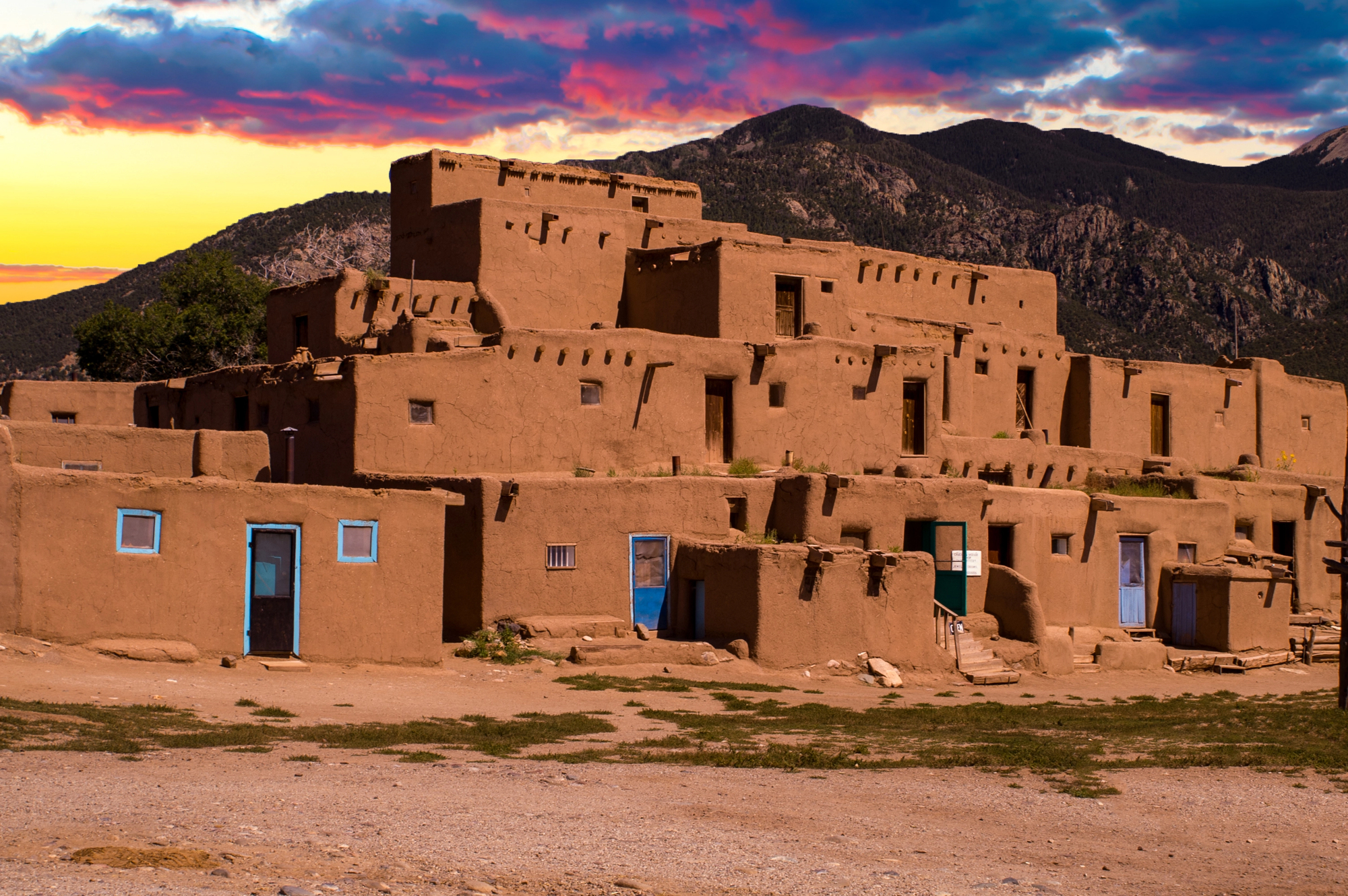
This high desert town blends Native American, Hispanic, and Anglo cultures in ways that reveal themselves gradually to wandering visitors. The Plaza area encourages strolling, with galleries and shops housed in adobe buildings that have stories to tell if you take time to ask.
Local artists often work in their studios with doors open to the street, creating opportunities for impromptu conversations about their craft. The nearby Taos Pueblo, continuously inhabited for over 1,000 years, operates on its own schedule and rewards patient visitors who respect its rhythms.
Barcelona, Spain
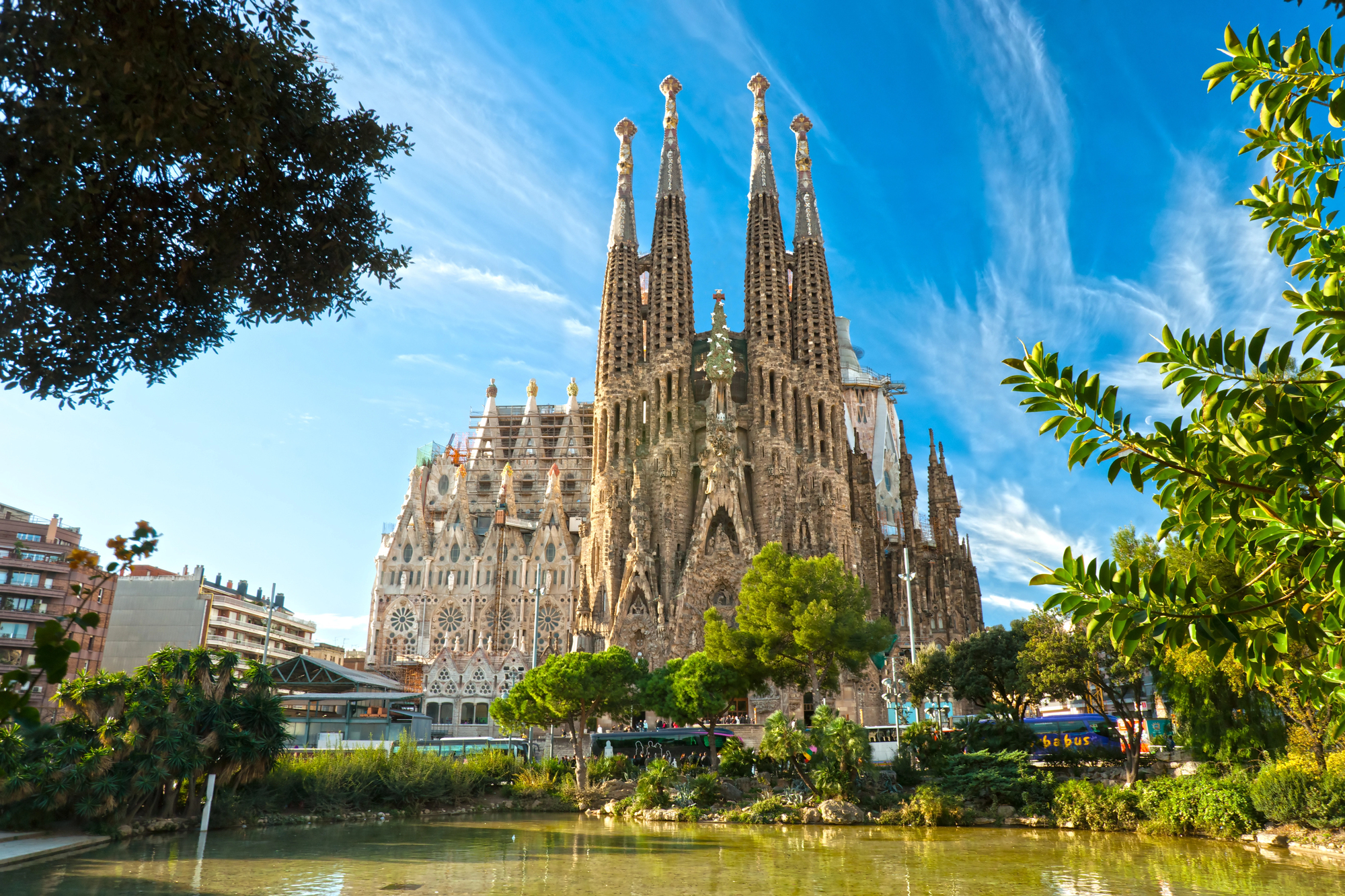
Barcelona combines world-famous architecture, museums, and attractions with neighborhoods that reward both planned visits and spontaneous exploration. Gaudí’s masterpieces require timed tickets and advance planning, while the Gothic Quarter reveals medieval secrets to those who wander its narrow alleys without maps.
The city’s late dining schedule means restaurants don’t even open for dinner until 9 PM, requiring visitors to adjust their schedules to local rhythms. Las Ramblas and the Boqueria Market offer structured experiences, while hidden plazas and local bars reward those who venture off the main tourist paths.
Like Travel Pug’s content? Follow us on MSN.
Camden, Maine
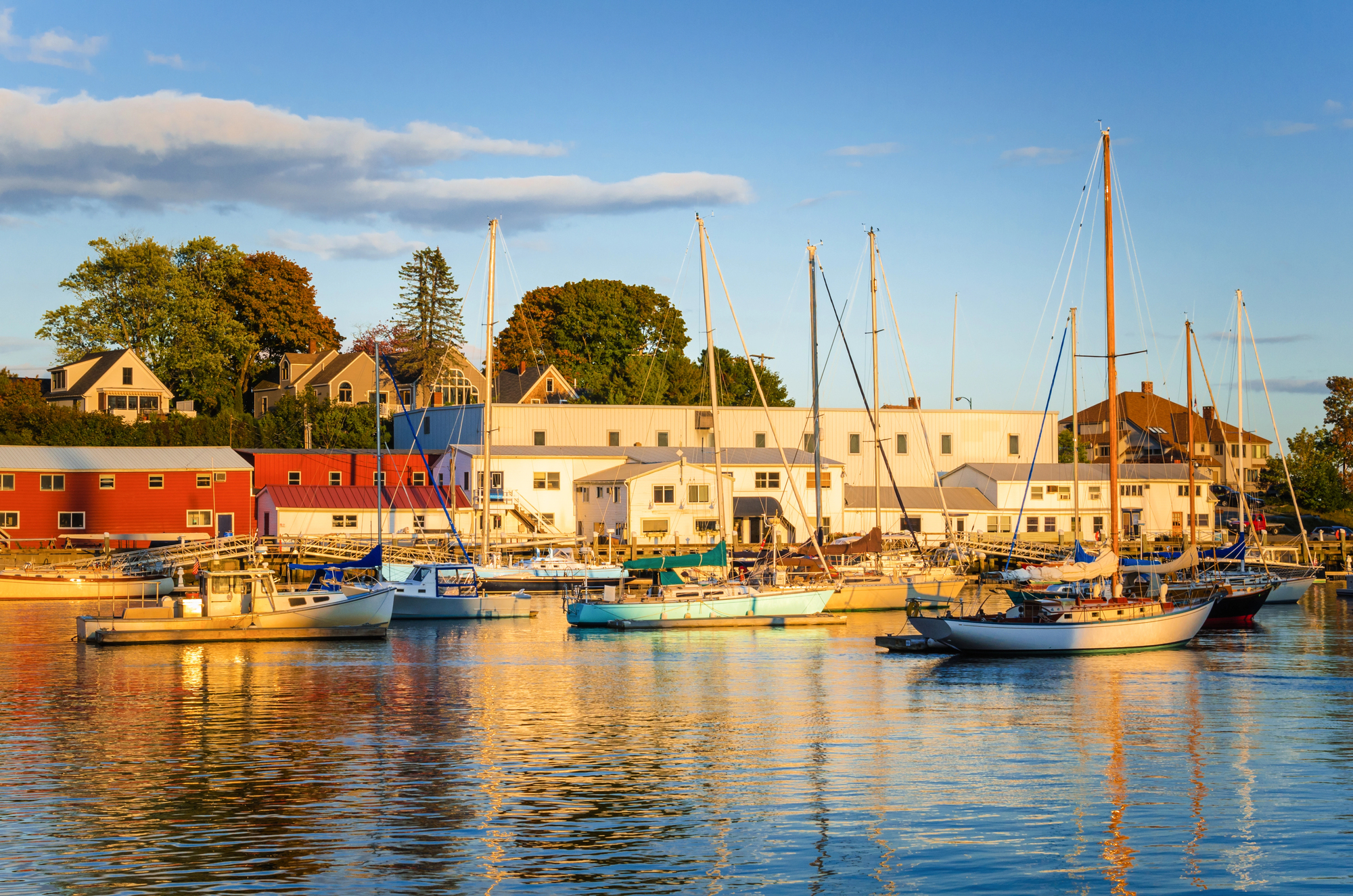
This quintessential Maine coast town centers around a working harbor where lobster boats create the daily rhythm rather than tourist schedules. Wandering visitors discover that the best experiences often involve chatting with fishermen at the docks, browsing shops that reflect local rather than tourist tastes, and following coastal paths that lead to lighthouses and hidden coves.
the Camden Hills State Park offers hiking trails for those wanting structured outdoor activities, while the town itself rewards an aimless approach to sightseeing.
Prague, Czech Republic
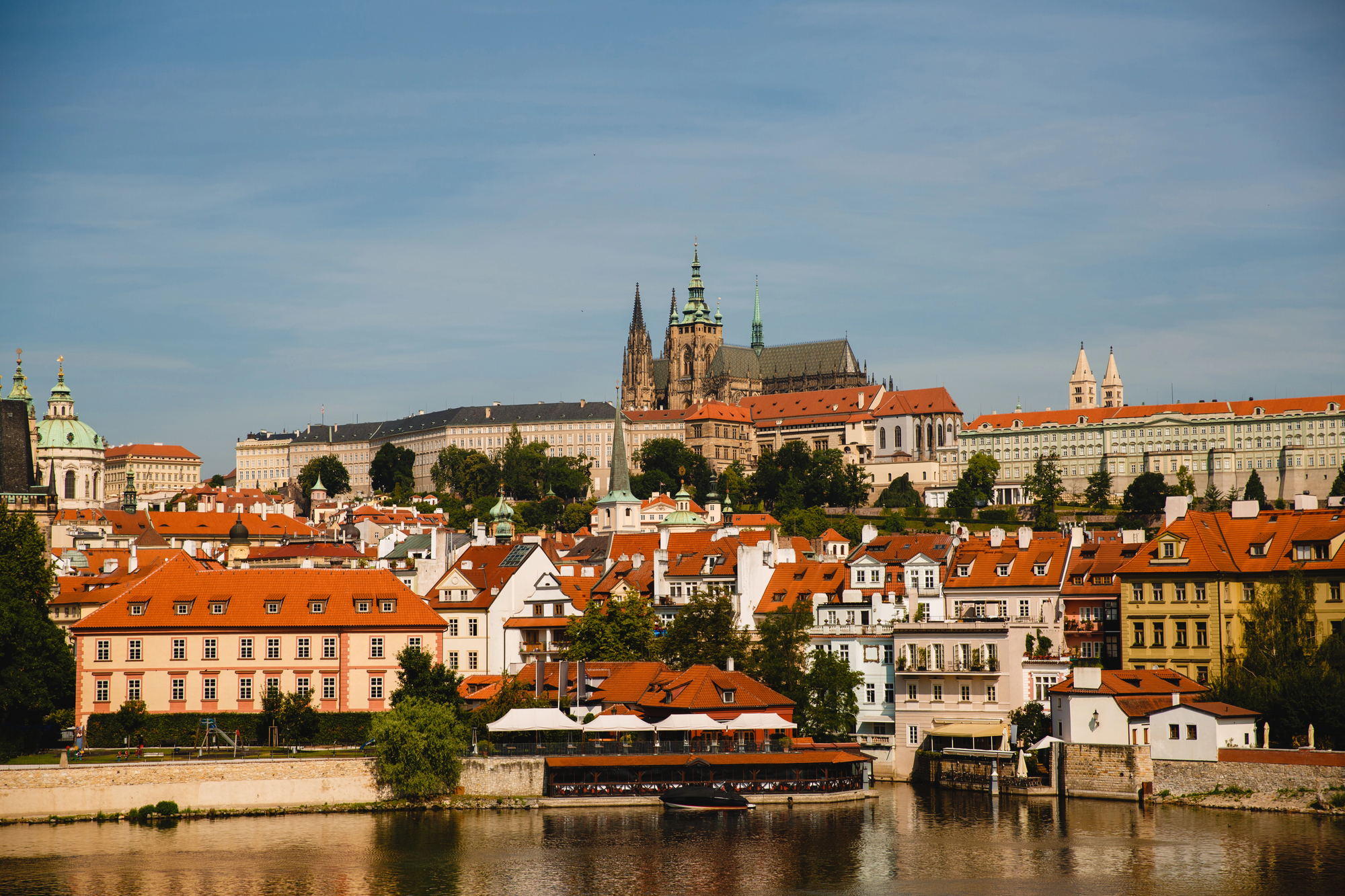
Prague’s fairy-tale architecture and rich history create a city that planners can systematically explore, castle by cathedral by square. The Old Town, Lesser Town, and Prague Castle areas each offer enough sights to fill multiple planned days of sightseeing.
Reservations ensure access to popular attractions and restaurants without long waits. However, the city also rewards wanderers who get lost in its winding medieval streets and discover hidden courtyards, beer gardens, and architectural details that don’t appear in guidebooks.
Port Townsend, Washington
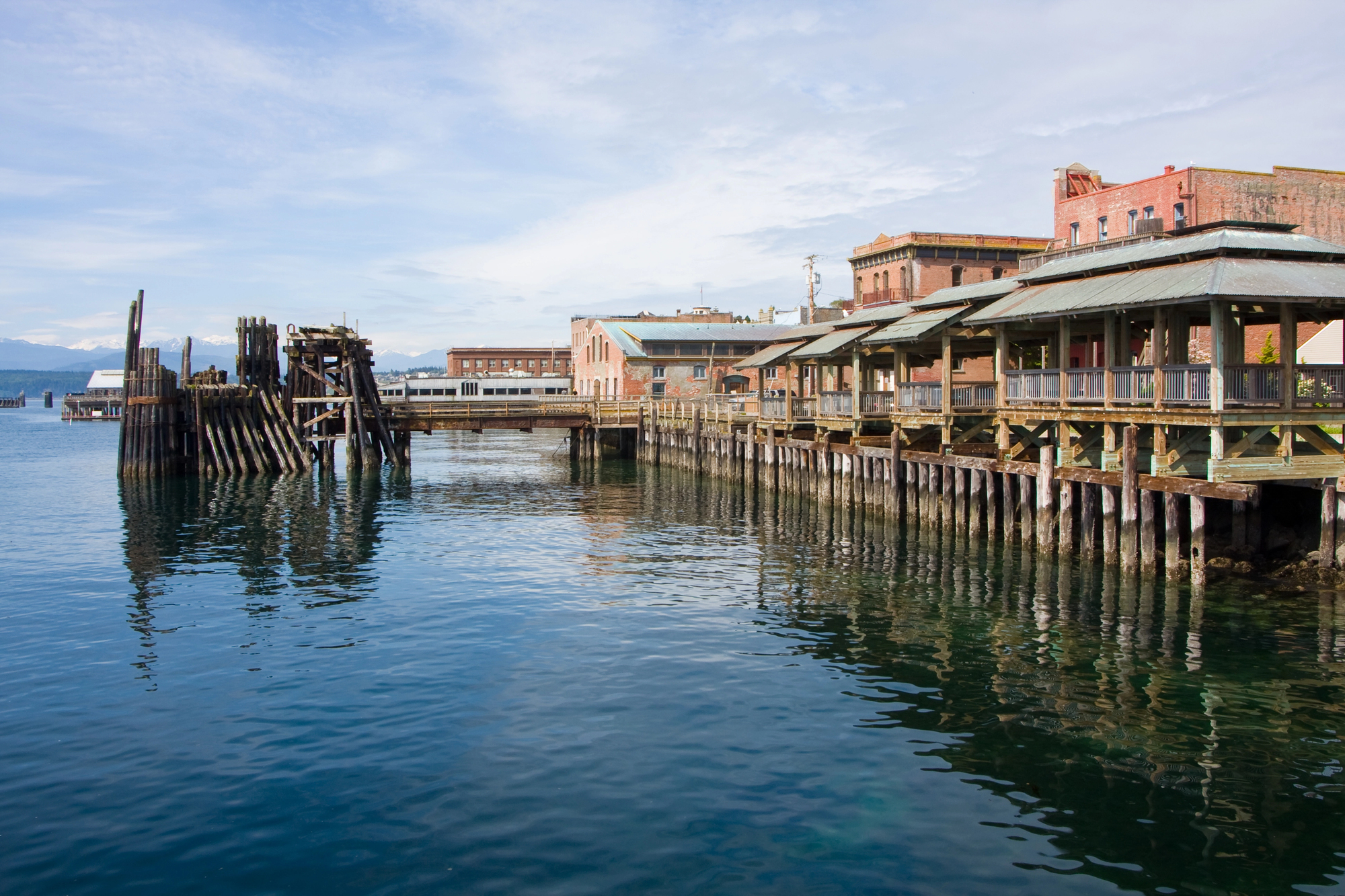
This Victorian seaport on Washington’s Olympic Peninsula moves at a pace that encourages exploration over efficiency. The town’s maritime heritage reveals itself through working boatyards, maritime museums, and festivals that celebrate wooden boats and local crafts.
Wandering visitors find themselves drawn into conversations with artisans, discovering galleries tucked into historic buildings, and following waterfront paths that reveal different views of the harbor at every turn. The nearby Olympic National Park offers structured hiking opportunities, while the town itself rewards those who embrace its unhurried atmosphere.
Like Travel Pug’s content? Follow us on MSN.
Berlin, Germany
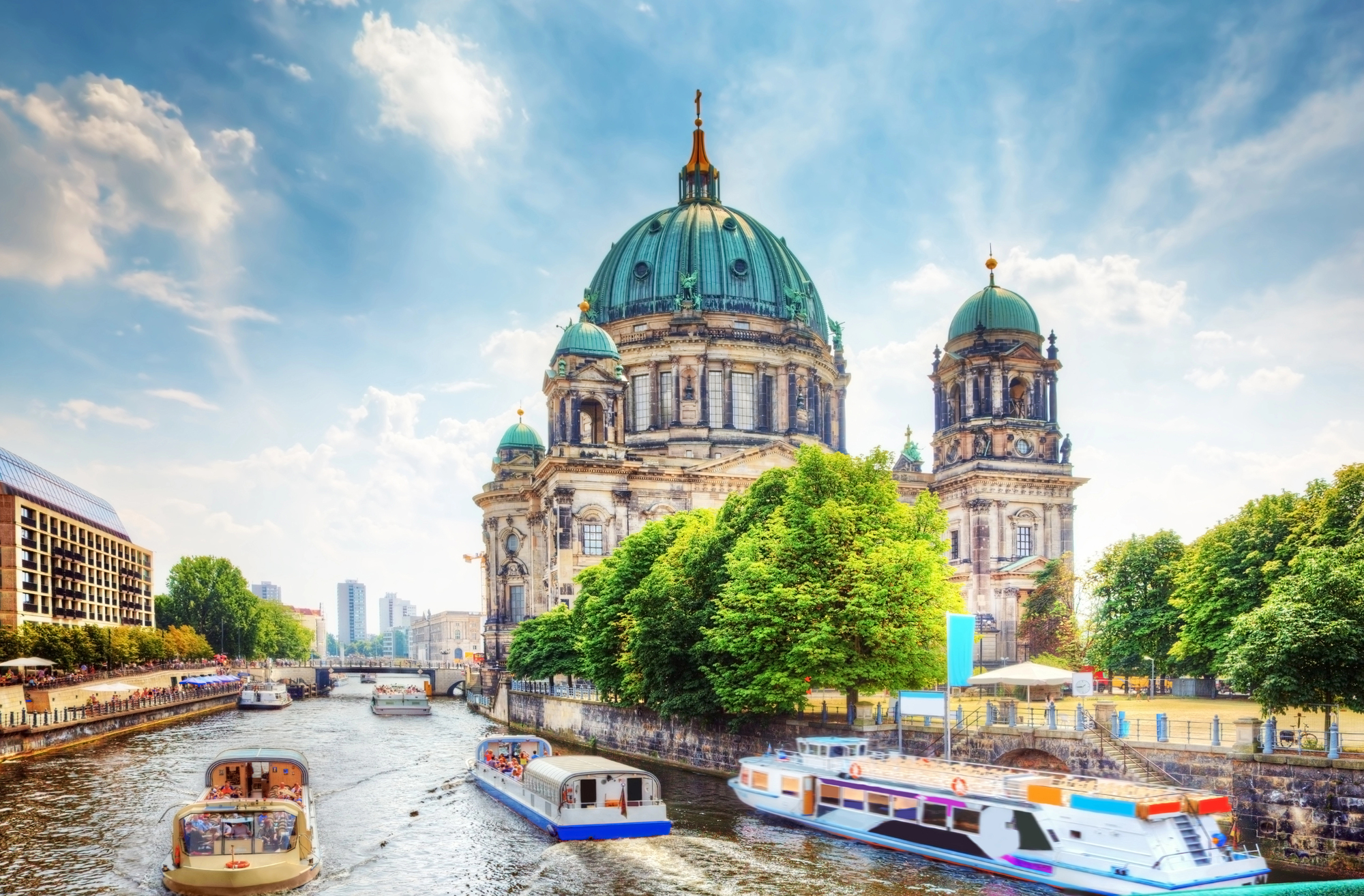
Berlin’s complex history and vibrant contemporary culture create a city that rewards intensive research and planning with profound experiences. Museums on Museum Island require advance tickets, while historical sites like the Brandenburg Gate and remnants of the Berlin Wall benefit from guided tours or serious preparation.
The city’s neighborhoods each tell different stories – from Kreuzberg’s alternative culture to Mitte’s governmental significance – that reveal themselves best to visitors who arrive with historical context and clear priorities.
Fredericksburg, Texas
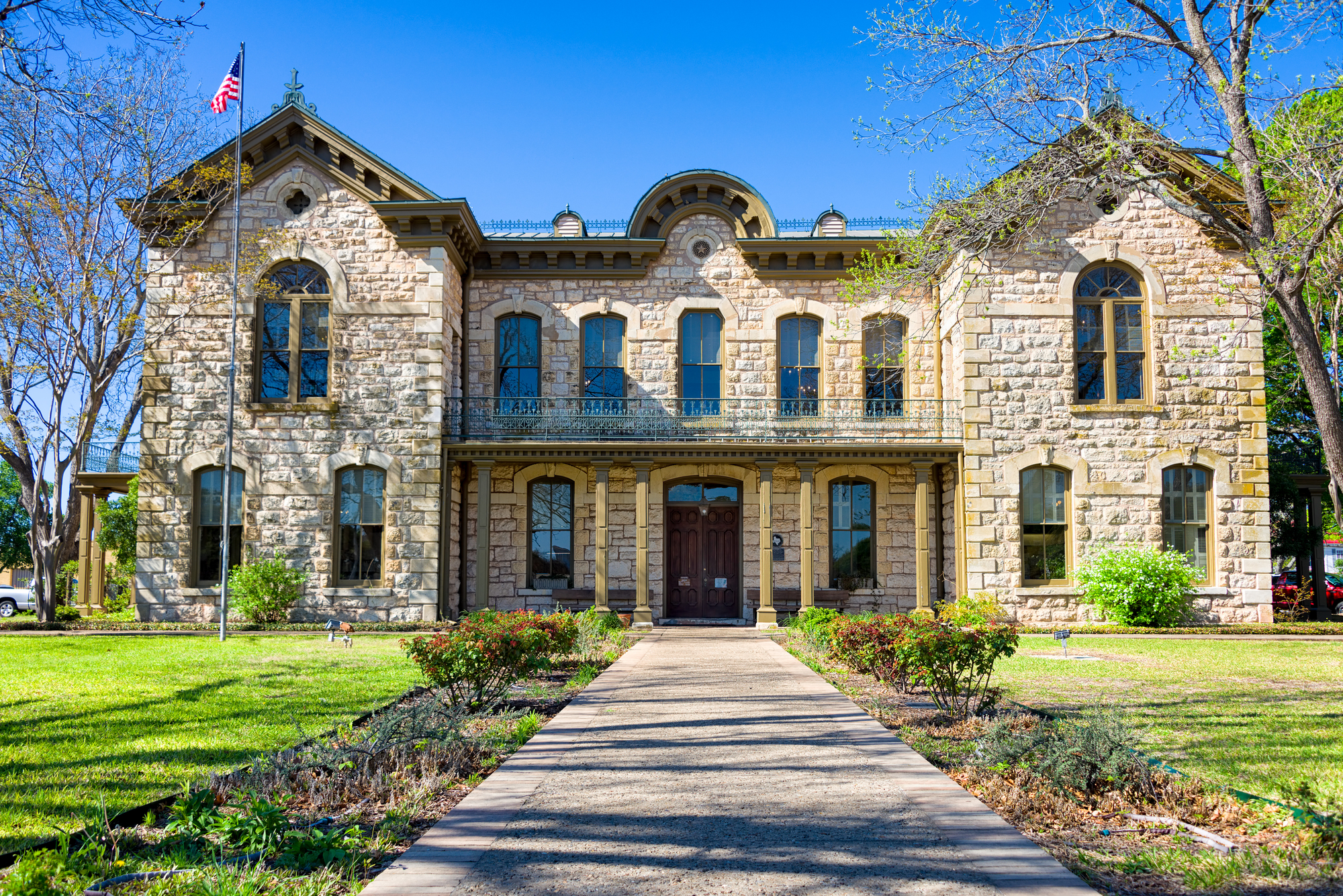
This Texas Hill Country town celebrates its German heritage in ways that unfold naturally to wandering visitors. Main Street’s shops and restaurants occupy historic buildings where the stories emerge through casual conversations with shopkeepers and restaurateurs.
Local wineries and peach farms surrounding the town operate on seasonal schedules that reward flexible visitors willing to see what’s available rather than following rigid plans. The National Museum of the Pacific War provides structured historical education, while the town’s biergartens and live music venues create spontaneous social opportunities.
Boston, Massachusetts
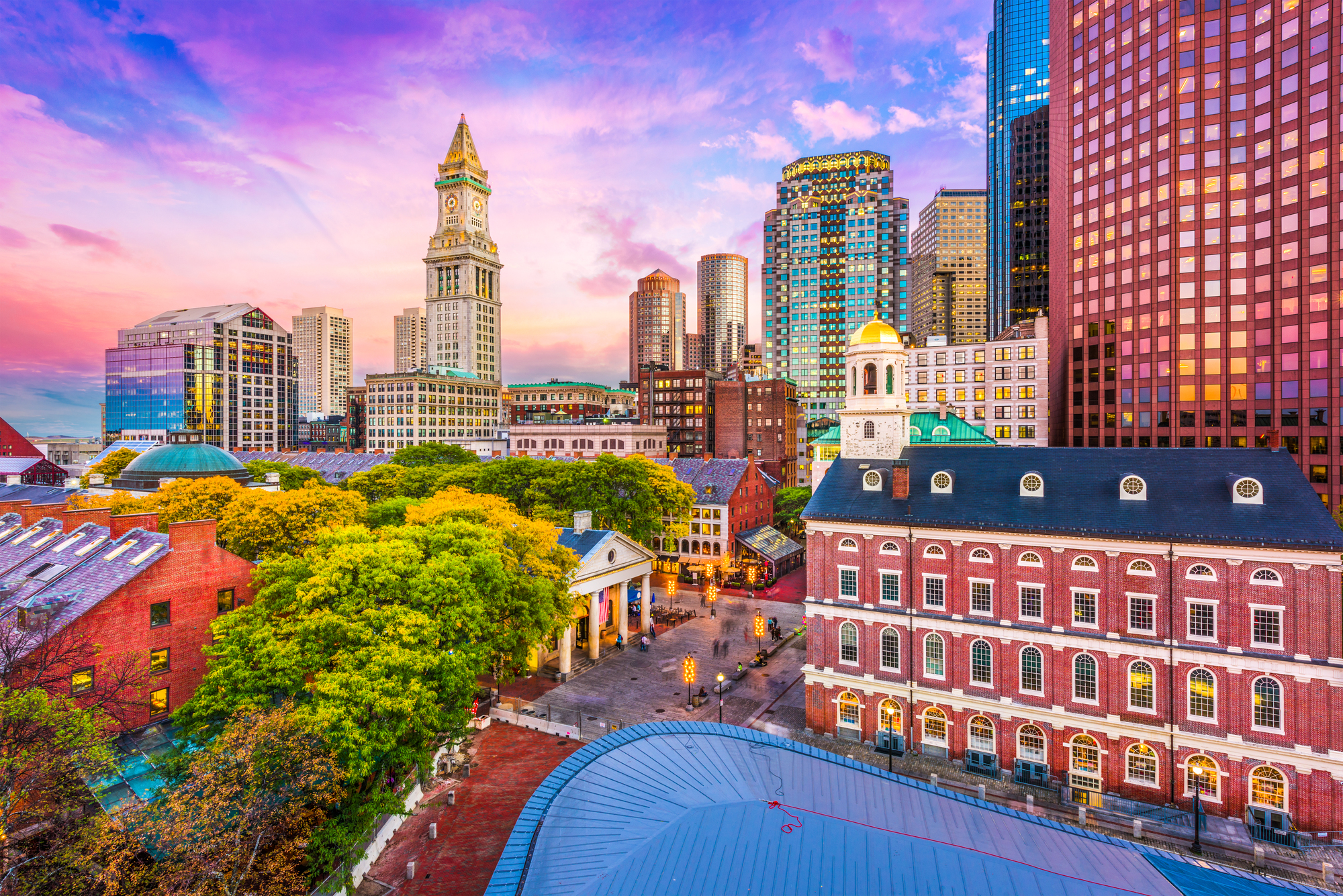
Boston’s Revolutionary War history and world-class cultural institutions require planning to experience thoroughly, with bookings essential for popular attractions and restaurants. The Freedom Trail provides a structured 2.5-mile walk through 16 historical sites, while neighborhoods like the North End and Back Bay reward systematic exploration.
Museum passes and advance tickets ensure access to institutions like the Museum of Fine Arts and Fenway Park tours. The city’s walkable neighborhoods and efficient subway system make it possible to pack multiple experiences into well-planned days.
Like Travel Pug’s content? Follow us on MSN.
Eureka Springs, Arkansas
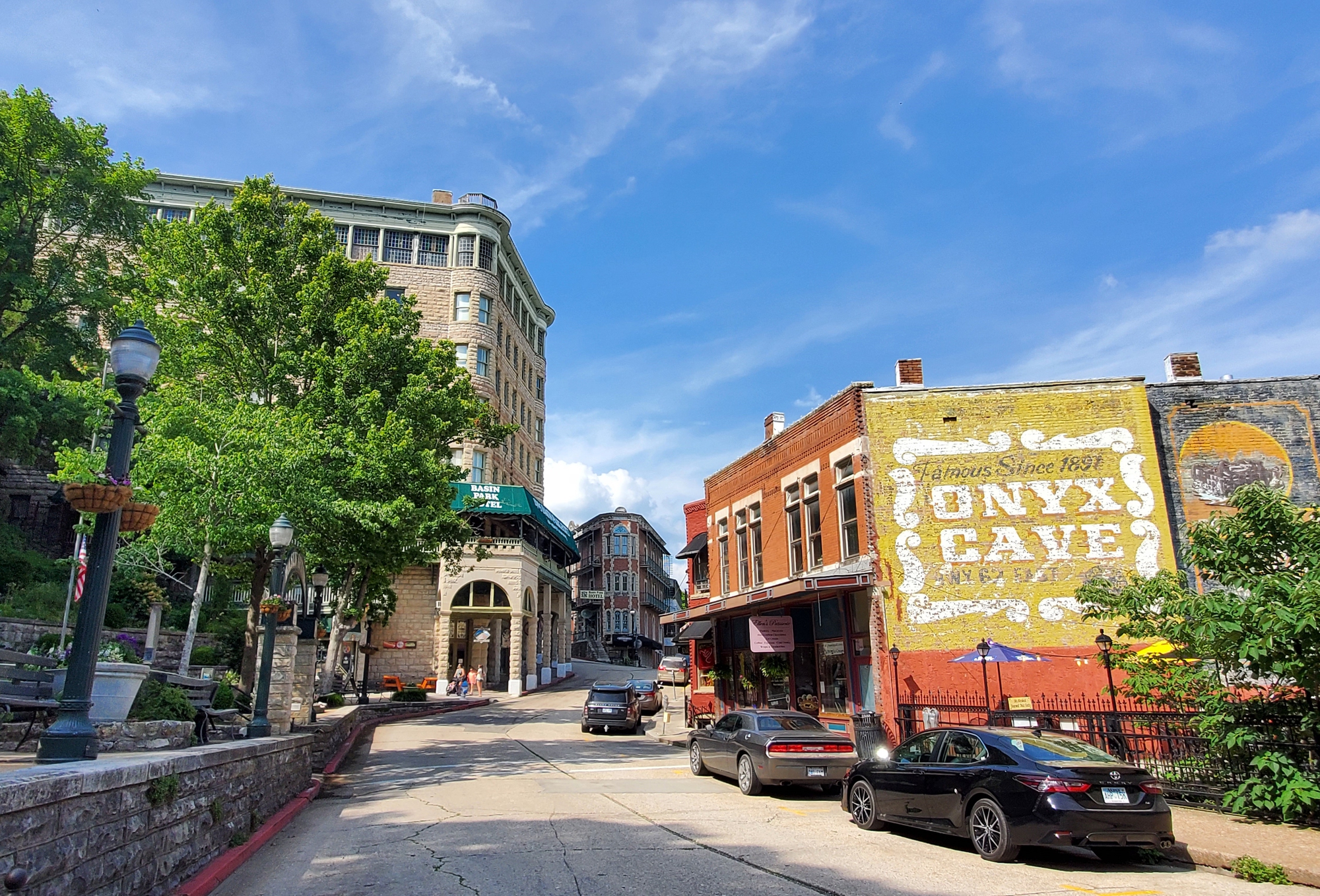
This Ozark Mountain town, built into hillsides so steep that streets follow the natural contours rather than any logical grid system, practically demands wandering rather than planning. Victorian houses perch on impossible slopes, connected by winding roads and staircases that create a town where getting lost leads to discoveries.
The historic downtown area concentrates galleries, shops, and restaurants within walking distance, though ‘walking distance’ here includes some serious elevation changes. Local festivals and events happen throughout the year, but the town’s real charm lies in its ability to surprise visitors who arrive without rigid agendas.
Planning and Wandering Both Work

These destinations prove that the best travel experiences often come from matching your planning style to the right type of place. Cities reward the planners among us who research, book ahead, and maximize every moment with experiences that couldn’t happen anywhere else.
Towns embrace the wanderers who show up and let the place reveal itself naturally, creating memories through spontaneous encounters and unexpected discoveries. The beauty of travel lies not in finding the ‘right’ way to explore, but in recognizing which destinations call for itineraries and which ones beg you to throw your schedule away and simply see what happens.
Whether you’re the type who color-codes your packing list or throws random clothes in a bag, there’s a perfect destination waiting to reward your particular style of curiosity.
More from Travel Pug

- Cities Growing so Fast You Won’t Recognize Them in 10 Years
- 13 Destinations Where Tourists Regularly Regret Their Trip
- 16 U.S. Cities That Are Quietly Becoming Travel Hotspots
- Where to Travel If You Love Long Bus Rides and Daydreams
- 20 Cities Perfect for Solo Travelers Who Crave Adventure & Culture
Like Travel Pug’s content? Follow us on MSN.
